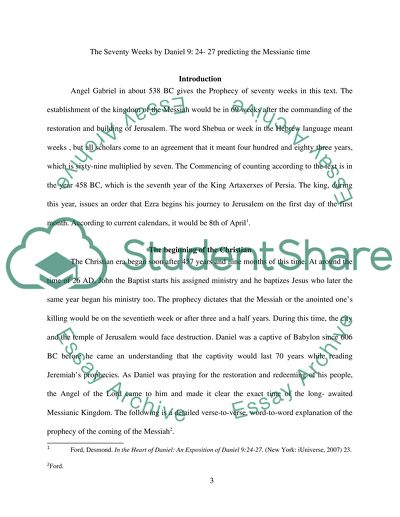Cite this document
(“Book of Daniel Research Paper Example | Topics and Well Written Essays - 2500 words”, n.d.)
Retrieved from https://studentshare.org/religion-and-theology/1474992-book-of-daniel
Retrieved from https://studentshare.org/religion-and-theology/1474992-book-of-daniel
(Book of Daniel Research Paper Example | Topics and Well Written Essays - 2500 Words)
https://studentshare.org/religion-and-theology/1474992-book-of-daniel.
https://studentshare.org/religion-and-theology/1474992-book-of-daniel.
“Book of Daniel Research Paper Example | Topics and Well Written Essays - 2500 Words”, n.d. https://studentshare.org/religion-and-theology/1474992-book-of-daniel.


